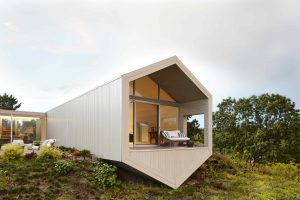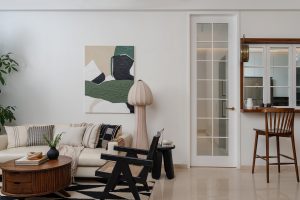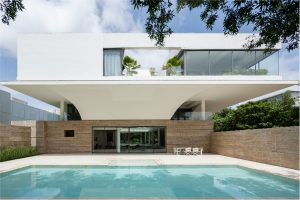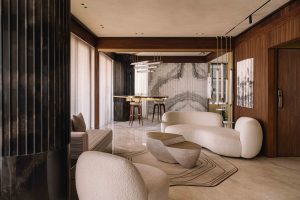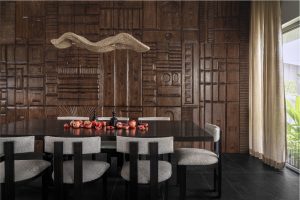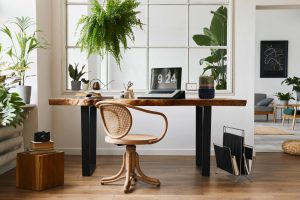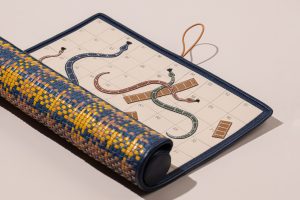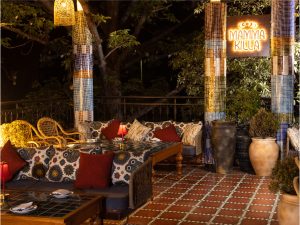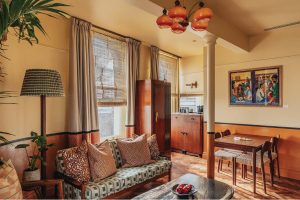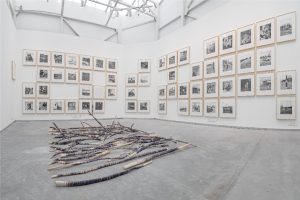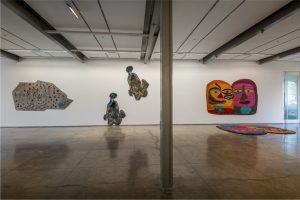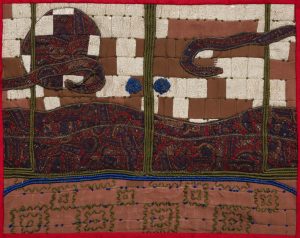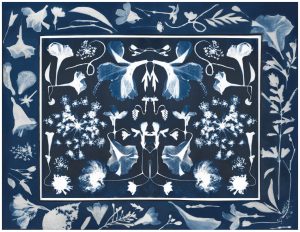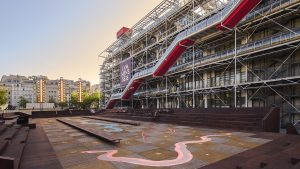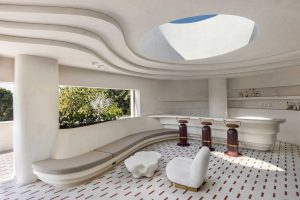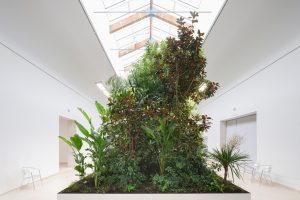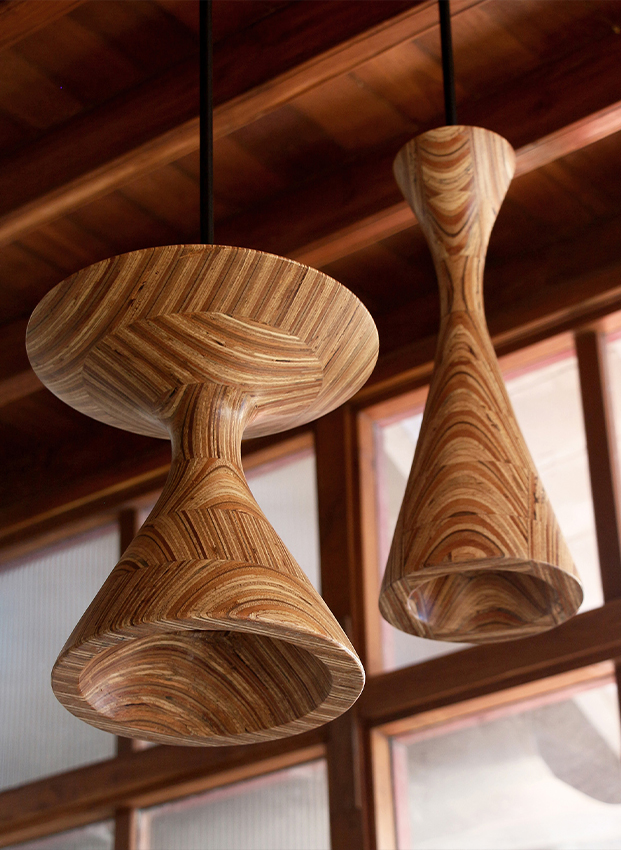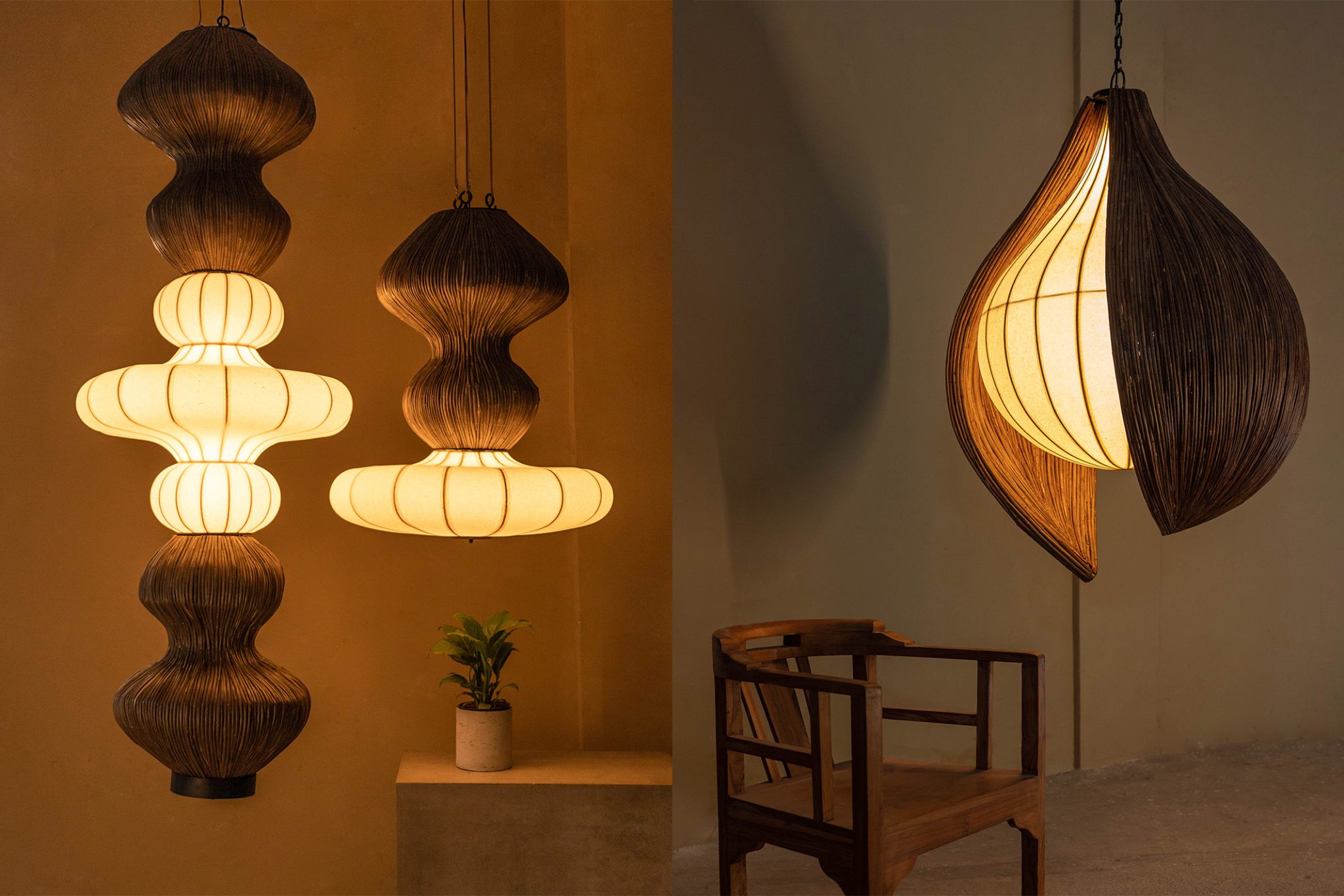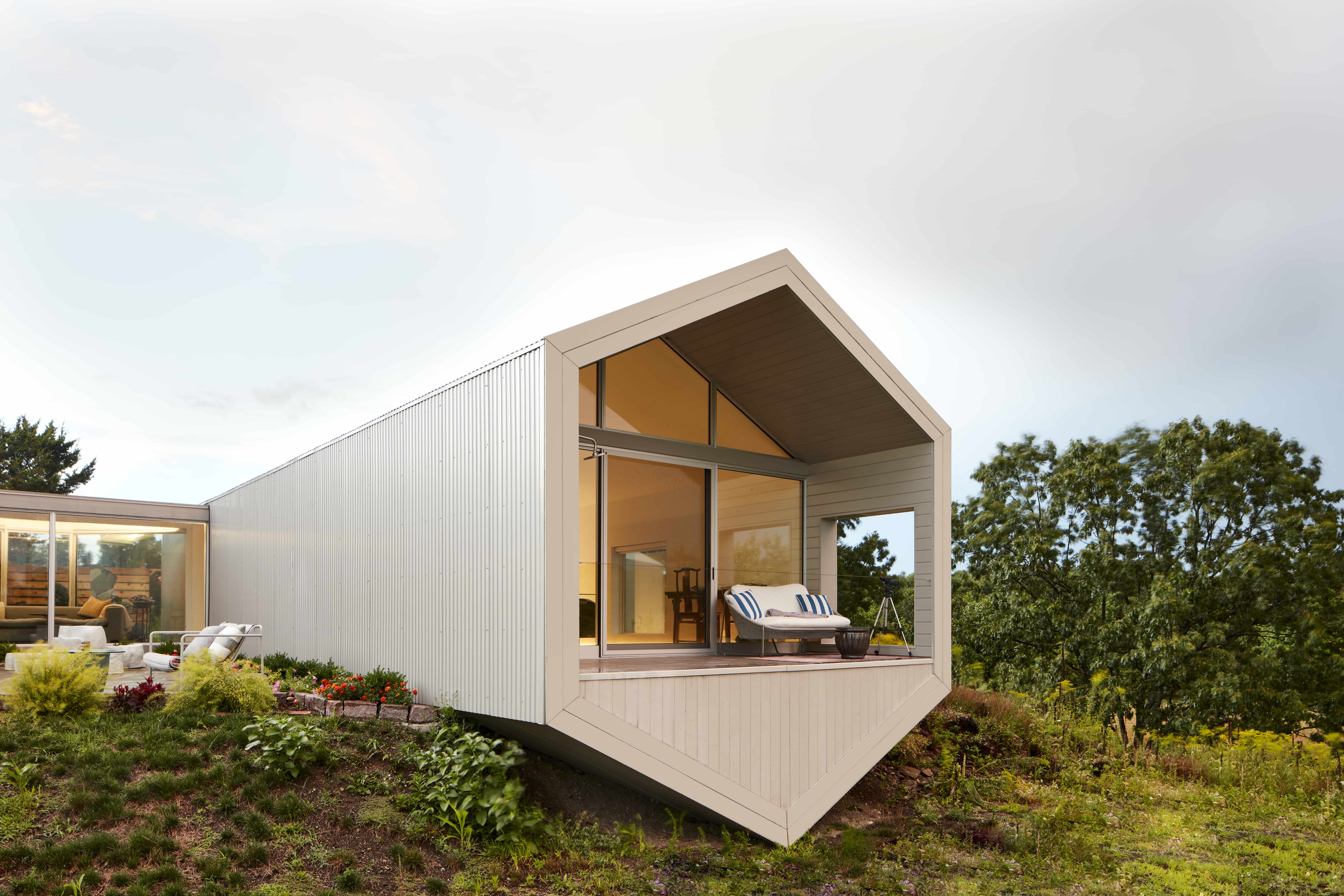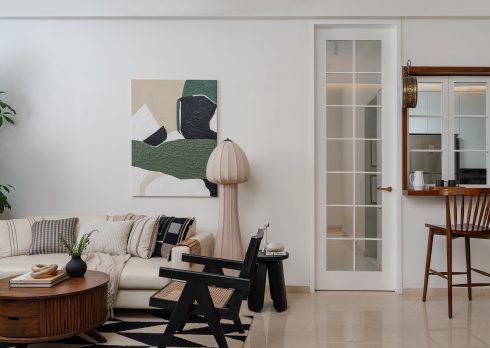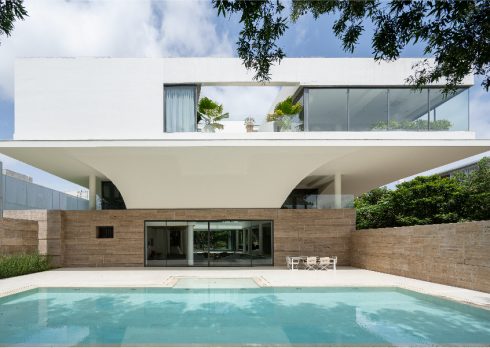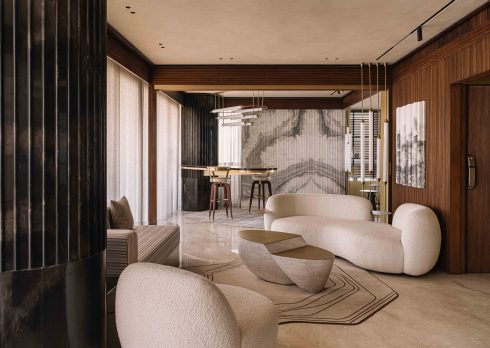Is Suchi Reddy Rewiring Architecture Through Neuroaesthetics?
New York-based Indian architect Suchi Reddy is reshaping the bland minimalism of contemporary luxury spaces by embracing neuroaesthetics, guided by her ethos: ‘form follows feeling.’
- 31 Jul '25
- 11:39 am by Simran Almeida
Amidst a world awash in sterile spaces, a custodian emerges—artist and architect Suchi Reddy—steering a sensory revolution, placing emotion, perception, and the human body at the centre of how we experience space. With a practice informed by neuroaesthetics and guided by the very principle of form follows feeling rather than just function, Reddy brings forth a radical, human-centred touch to architecture. Since founding her design practice ‘Reddymade’ in 2002, she has ceaselessly challenged the status quo of spaces, transforming them into sanctuaries of comfort, wonder and presence.
From the subtle joy of walking barefoot to a sense of calm triggered by filtered light and texture, Reddy’s approach redefines luxury as a nuanced, embodied state of well-being. She begins each project by returning to the concept of the ‘physical body,’ grounding her process in Vaastu—an ode to her Indian roots—mapping the invisible currents of light, air, and energy infusing a space with soul. This ethos is evident in her 375 sq. ft. micro-apartment in New York (2007), reimagined over an eighteen-month renovation of a dentist’s office. With a serene palette and soaring ceilings framing smart features, viz, veiled storage, automated blinds, and seating, the apartment references her native home, all while reinforcing her theory of neuroaesthetics.
Reddy’s work is anchored in a deeper inquiry across scale and typology, from ‘A Space for Being’ (2019) with Google, IAM Lab, and Muuto, to a minimalist residence with Ai Weiwei in Salt Point (2022) and the Estates at Acqualina with Karl Lagerfeld (2020). She manifests space as an unspoken medium: orchestrating sensory perception, emotional resonance, and embedding itself in the body’s somatic memory through a symphony of light, texture, and spatial rhythm.
Also Read: 5 Ways Neuroscience Can Elevate Comfort And Well-Being In Your Home

In conversation with Design Pataki, Suchi Reddy speaks of space as a sanctuary that holds memory, stirs emotion, and restores the feeling of being ‘present’. As she prepares to unveil ‘Patterns of Protection’ at the inaugural of ‘Bukhara Biennial’ in Uzbekistan, her vision continues to arrange an encounter between feeling and form to create a space that is aware of its emotional effect and cultural lineage.
Design Pataki: How does your idea of the ‘democratic space of the body’ intersect with neuroaesthetics, especially when individual personal memories might conflict with collective emotional responses to design?
Suchi Reddy: For me, the idea of the ‘Democratic Space of the Body’ is central to neuroaesthetics. We all process space through the same instrument—the body—regardless of our backgrounds, memories, or cultural experiences. Of course, our personal memories can shape our emotional responses to design, and that can sometimes diverge from collective or universal reactions. But at the core, we are all affected by space in embodied ways: through our senses, through how a space makes us feel physically and emotionally. That’s why I focus on creating environments that evoke a sense of wonder, especially in residential work. To me, that’s the true meaning of luxury—not opulence, but a feeling of connection and awe that’s accessible to anyone.
When I first started my career, much of the conversation was about style—what’s fashionable, what’s trending. But style can be exclusionary, as it puts people into categories. I’ve always been more interested in how design impacts the body and the mind, because that experience is shared by all of us, and that’s why I was bringing the language back.
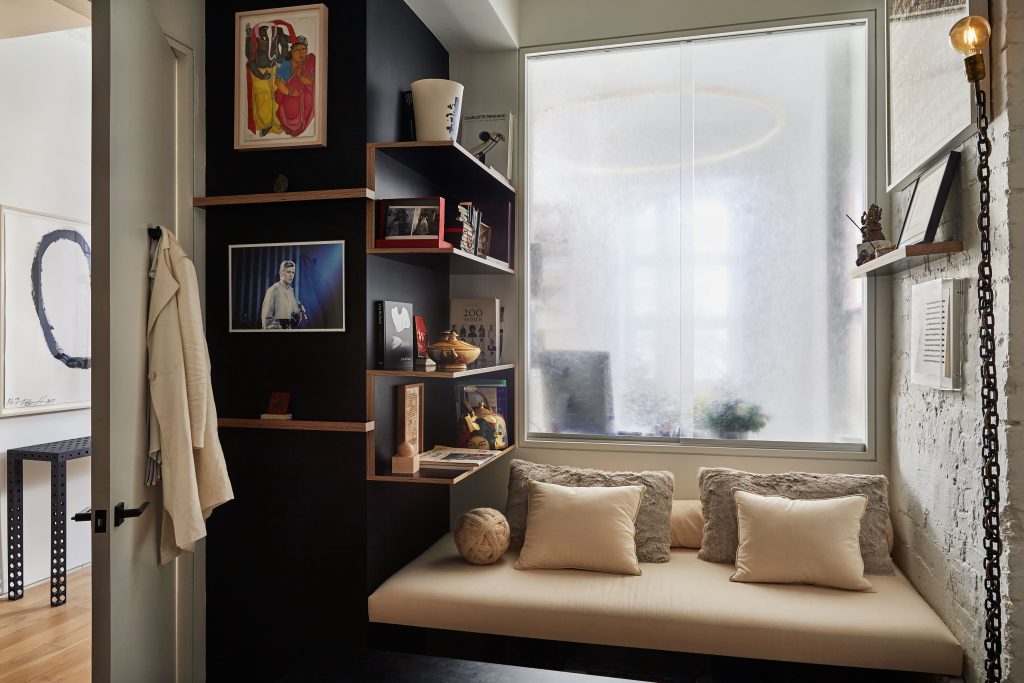
DP: In the nuanced landscape of feelings a space can evoke, how does one begin to train oneself to recognise and decipher these emotional cues?
SR: Training yourself to recognise the emotional cues in a space starts with observation—watching how others respond to environments, but also paying close attention to your own reactions. I try to ask myself: ‘What about this space makes me want to return to it? What lingers in my memory?’ It is how you begin to notice the cues that shape your experience. Some of them are universal, for instance, a harsh light in your face, no one enjoys that. But there are also more subtle layers that affect how we feel, such as sound, light, temperature, and even the placement of objects. Design allows us to think comprehensively about all of these elements, not only about the aesthetics, but how a space champions physical and emotional comfort. It’s about understanding that we are sensory beings, and everything we experience surfaces through that lens.
DP: Your practice is rooted in the idea that form follows feeling. How do you translate intangible emotions like comfort into tangible design decisions?
SR: For me, ‘form follows feeling’ is not just a philosophy, it’s the starting point for every design decision I make. I first realised this as a child growing up in India. I was about ten when I had the epiphany that my house was affecting how I felt. That moment stayed with me, and it’s why I began asking myself early in my career: ‘Why am I designing, and for what purpose?’ With these questions, I felt a deep need to shape my work in a way that truly reflected me, paired with a reaction to the famous saying, ‘form follows function.’
Of course, function matters, but if we design only for function, we end up with spaces that don’t necessarily serve us emotionally. What if the first question in design was always: How does this make someone feel? Does it inspire creativity? Does it foster connection? Does it bring calm? When you start there, the design becomes about shaping experiences, not just objects, as we build our worlds really out of our bodies.
Also Read: This Sprawling Mumbai Home Takes Cues From The Neotenic Design Trend
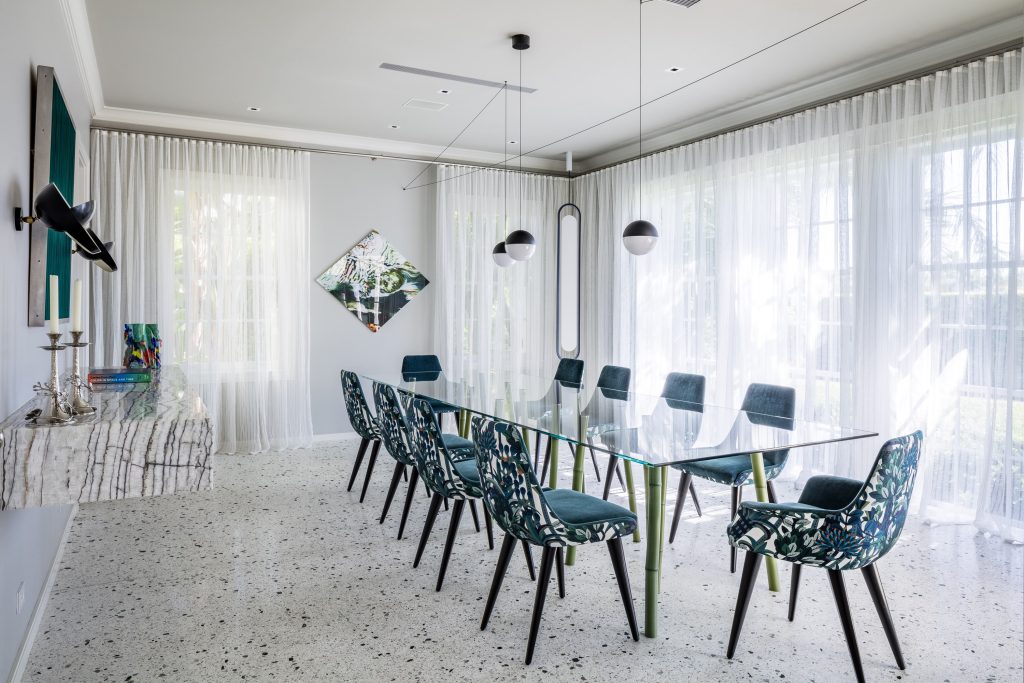
DP: How do you begin designing for a larger audience, especially in public or commercial spaces, while still ensuring people feel emotionally connected or even healed in that space?
SR: Designing for a larger audience in public or commercial spaces requires a different kind of sensitivity. That’s where the study of neuroaesthetics comes to the fore. Researchers in fields like cognitive science and psychology are studying how people respond to different spatial elements, like the emotional impact of a curved wall versus a sharp angle, or how lighting and texture influence mood. These studies gather real data from groups of people, and I use that research to inform my design decisions.
But it’s not about designing for the lowest common denominator. Too often, public spaces are designed in this manner, resulting in environments that feel generic or sterile. I believe we should be designing for the highest common denominator while asking: ‘What’s the best emotional experience we can create here? How close to that can we get for as many people as possible?’ After more than 40 years of experience, I’m still asking that question in every project. The goal is to create spaces that serve a function while also helping people feel connected, inspired, and, in some cases, even healed.
DP: With an ethos that is deeply rooted in neuroaesthetics, what, in your view, gives a space that unmistakable sense of ‘luxury’ psychologically and emotionally?
SR: For me, true luxury isn’t about exclusivity, it’s about comfort and connection. It’s about reducing the abrasion between a person and their environment so they can fully inhabit a space: physically and emotionally.
Luxury isn’t just about exorbitant materials, although materiality and lighting do matter. Poor lighting, for example, can strip a space of atmosphere, no matter the opulent finishes. But luxury, at its core, is not about objects; it’s about creating an atmosphere that amplifies how a person feels in a space. That’s why a space can be made of earth or mud and still feel utterly luxurious, because it creates a rare, precious experience. It’s about the quality of attention given to the design, the way someone enters the space, and the sense of presence it fosters. Ultimately, luxury is about how a space makes you feel, not just what it looks like. When it’s done right, that feeling is unmistakable and deeply personal.
Also Read: This Seaside Apartment In Mumbai Is Tranquility Personified

DP: Did growing up in Chennai, with its courtyards, greenery, and open-air diner rituals, influence your understanding of what true luxury feels like in a space?
SR: Yes, absolutely, it also gives you the place to dream. I think the ability to allow people a place not just to feel at home, but also to feel creative and to feel wonder, that’s a huge sense of luxury. We need to redefine what luxury is for people, like wonder and discovery are something that is important to my work, because I want to create something that gives people that sense of “ah or ooh”.
If you get that, your system is automatically resetting to be able to enjoy and take in the wonder of what you have. These kinds of resetting experiences imbue a feeling of sensuality paired with the beauty of nature, life, and of being in the community; those things are real luxuries. As a designer, I should be able to make that happen for my clients, transforming their spaces into a place for people to gather, to feel comfortable and not just aesthetically pleasing.
Also Read: DP Curates: These 5 Homes In India Perfect The Art Of Hosting
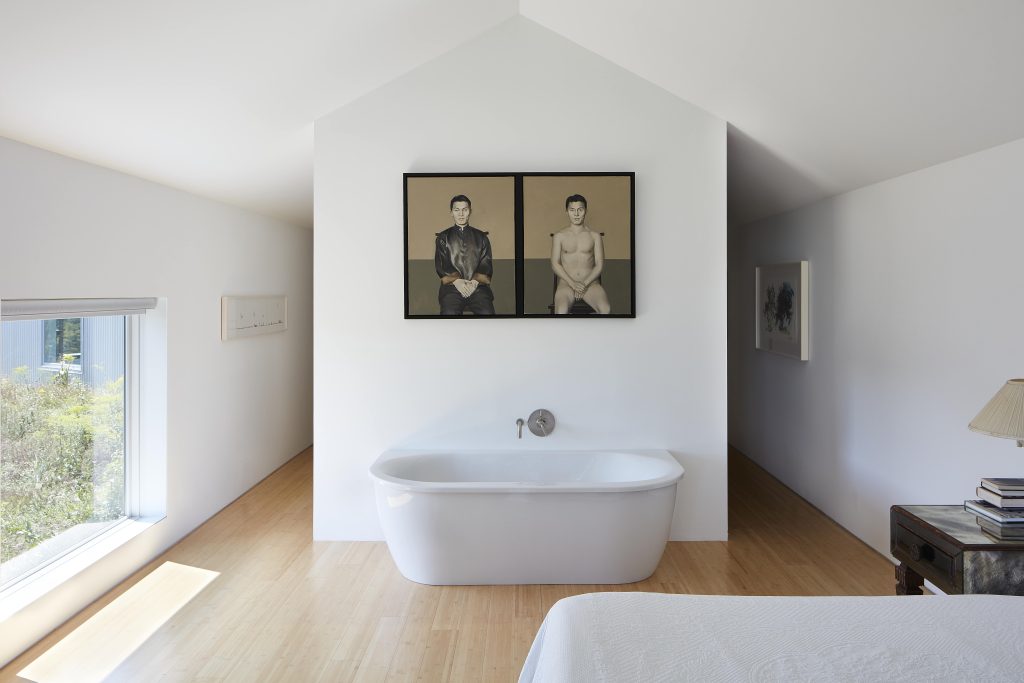
DP: How does neuroaesthetics inform your approach to contextually aware and culturally rooted spaces, especially as fatigue of bland minimalism rises?
SR: This idea of being globally the same has never made any sense to me. Modernism must exist, but it can exist with the flavour of the place. I’m a fan of the culturally rooted approach to design because I think one has to understand who we’re designing for, and what cues are there within their culture. However, the culture can also be expressed through hospitality, in terms of how you are greeted or brought in, that’s culturally rootedness. For instance, a hotel that can look like a palace, but if the person who greets you at the door is not warm, there’s already an element lost from that luxury. Consequently, highlighting local culture through art, texture, and colour has to be at the heart of designing for hospitality.
Also Read: An Apartment In Surat That Perfects The Art Of Monochromatic Minimalism
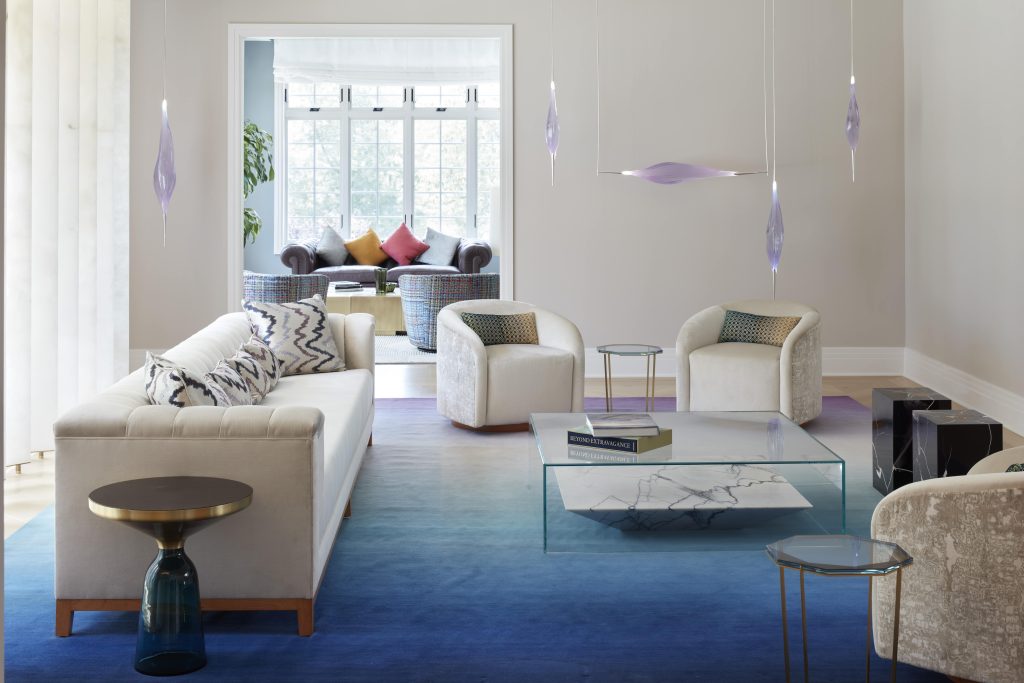
DP: In commercial projects like the Google office, how do you balance emotional inclusivity, ensuring the space resonates with many while still supporting individual well-being?
SR: In commercial projects like the Google store in New York, emotional inclusivity starts with creating a sense of ‘wonder and discovery.’ When people feel curious, surprised, or delighted, they become more engaged with the space—these are universal experiences, regardless of their background. That’s the foundation for emotional connection.
From there, we layer in design choices that support well-being; through softness, light, colour, and materiality. The goal is to create a space that people want to return to—because it makes them feel good every time. At the Google store, for instance, we designed it to be a place where you instinctively ‘exhale’ when you walk in. It doesn’t feel like a typical tech store. It’s warm, inviting, and encourages play. That ongoing sense of comfort and discovery is what makes a space both inclusive and personally resonant.
Also Read: Casa Della Calma, A Bangalore Apartment That Inspires Calm

DP: Your me + you installation explores the emotional relationship between humans and technology. How did you use elements to create a shared emotional experience across such a diverse audience?
SR: me + you was really about exploring the relationship of humans to technology. For me, it always comes back to self-awareness. I’m not so much about the gloom and doom of AI. I think if we know how to co-evolve with it, then we will be fine, and hence, this was the point of the piece, which I had thought about before the pandemic started, and it became even more relatable during the pandemic. As I asked people to give me one word for the future, it felt like a question that made everyone pause and take a split second to think about the relationship between humans and technology. Then the rest of it became about creating an atmosphere for it, where we used AI to read emotion in their voice when they say the particular word, and a screen lights up. We redid it in Detroit at Michigan Central Station, with big portals featuring colours that go into the screens and affect it like liquid ink, which made it a constantly evolving image of colour that expressed collective feeling beautifully. The work drew from understanding pigments and colour. Coming from India, I did a colour study, looking at how we make pigments from natural materials and our cultural senses of colour and then translated that into LED colour palettes.
DP: Are there any design elements you consider non-negotiable—small luxuries that every space must have?
SR: I think the must-haves of design for me are floor coverings. It’s like whether they’re carpets or floor materials, for me, it’s wherever your foot touches something, you should feel either supported, grounded, or soft.
DP: So, how do we go about realigning our purpose through design through the lens of neuroaesthetics?
SR: Some of it is just educating or opening people’s eyes to the omnipresent truth. I’m not saying anything new; everyone knows that certain spaces make them feel better. They feel better in certain ways. Usually, they say they feel better in certain spaces, not that certain spaces make them feel better. However, it is the other way around.

